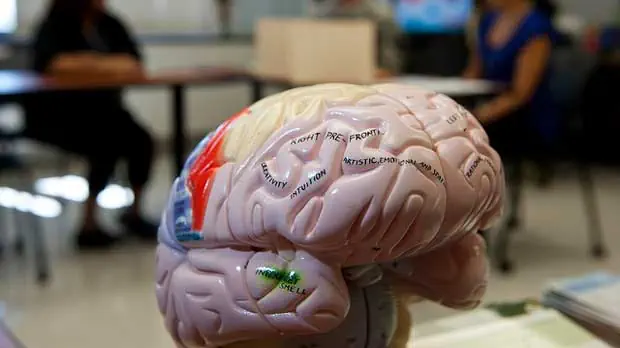
Source: KQED
Researchers at Stanford University are using brain scanning to predict the possibility of relapse within drug addicts or stimulant users. The study involves showing users pictures of triggers, such as cocaine, and monitoring the results in their brain activity.
The ultimate goal for researchers is to unveil who is more likely to relapse, and why. Researchers believe that they may have identified a signal in the brain associated with those who are more likely to relapse after treatment.
“We can also potentially try to develop better interventions that target this brain activity, and we can see if by reducing this brain activity, if that can reduce relapse risk,” says Neuropsychologist Kelly MacNiven, one of the lead researchers.
Researchers studied initial brain scans and found patterns among those who are more likely to relapse. For those who were more likely to relapse, their nucleus accumbens, located in the center of the brain, lit up more in the brain scans.
If the study replicates the same results, researchers say the brain signal will essentially function as an indicator of relapse.
Researchers also believe that this indicator is more reliable than self-reporting from drug users who indicate that they may have had a craving here and there.
“The study showed that users themselves cannot predict their own likelihood of relapse,” reports KQED. Those who had self-reported cravings and triggers in their environment were not more likely to relapse, while those who showed brain activity in that region of the brain were, in fact, more likely to relapse.
Researchers still need to replicate the study among a larger and more diverse population, but they already considering how treatment methods for training the brain to not light up at the sight of a drug could work.
Read Full Story: KQED
